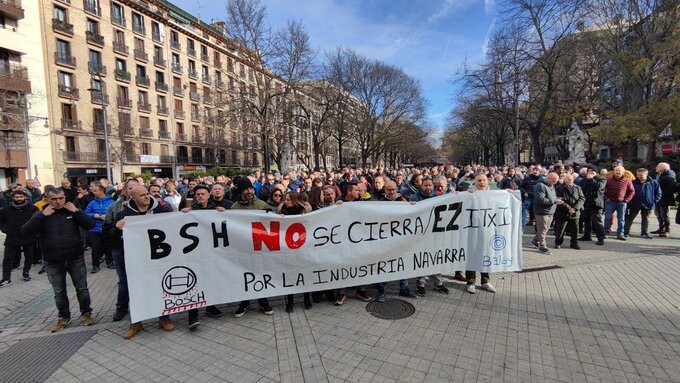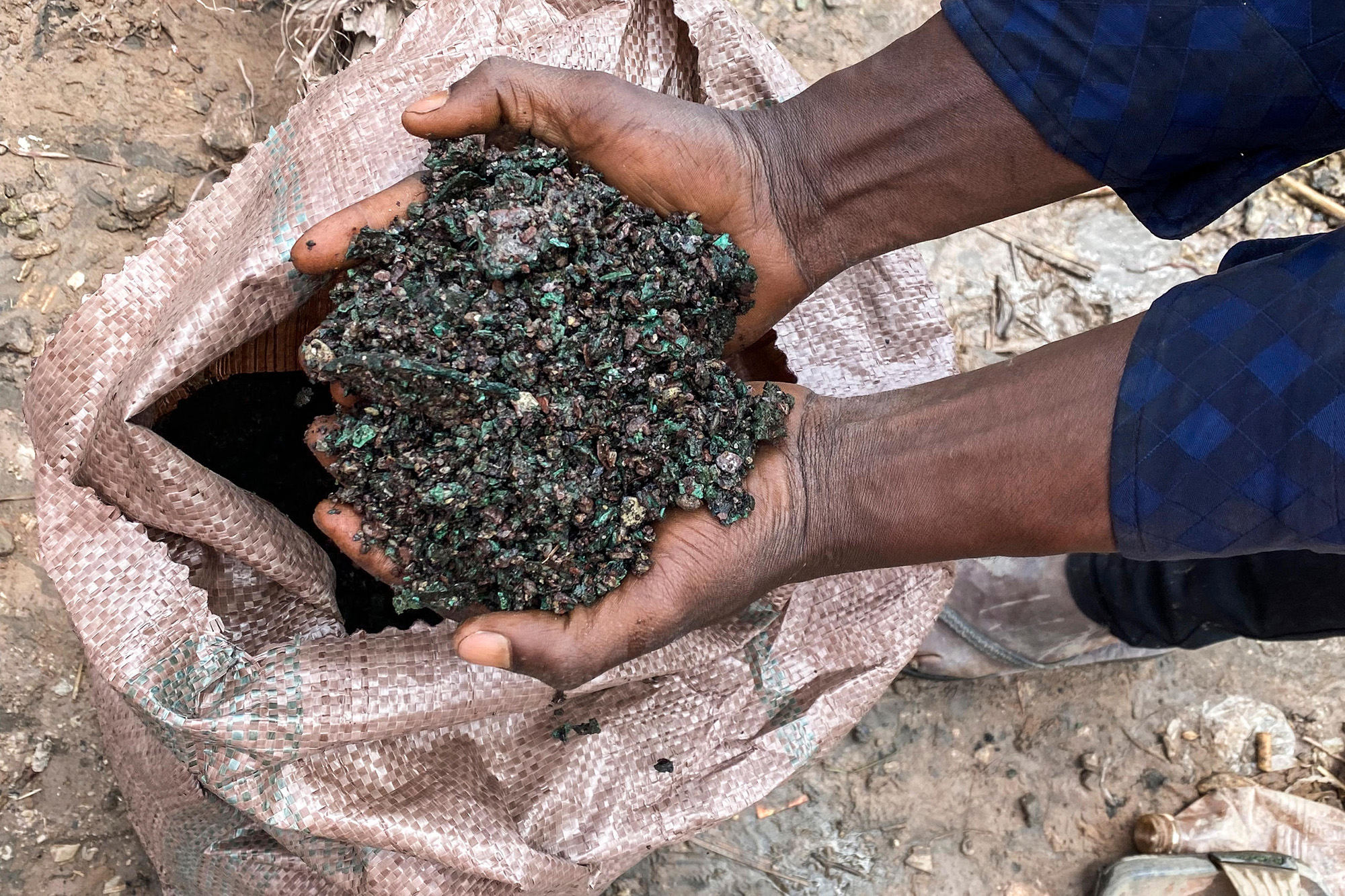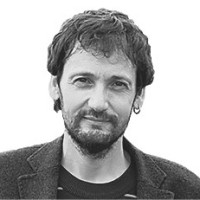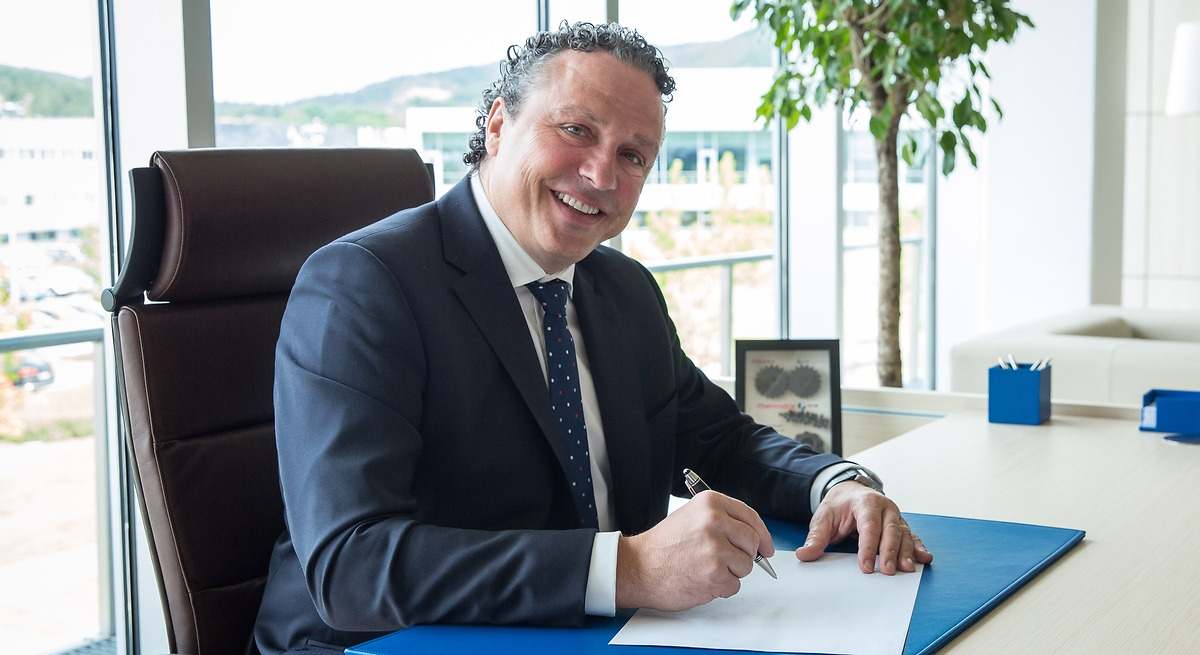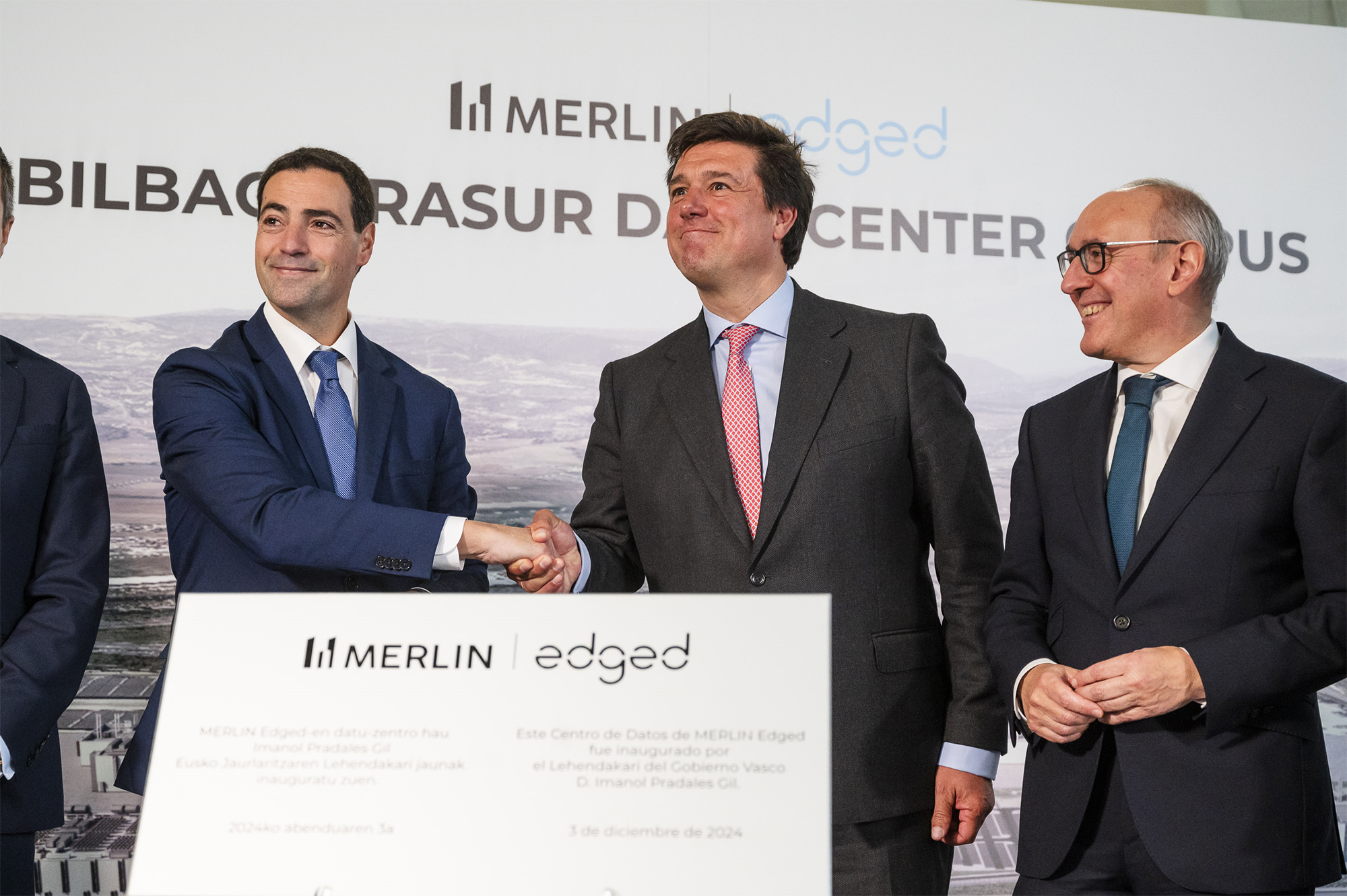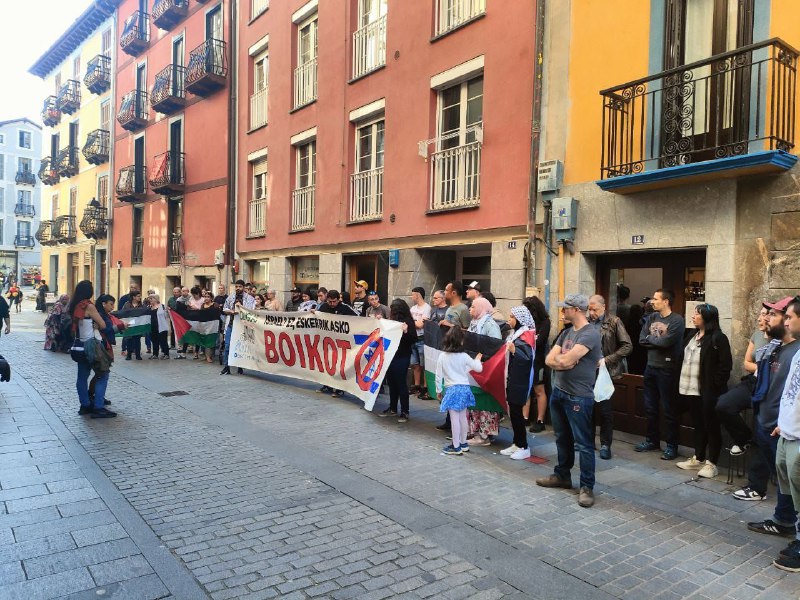"In companies there has been a wave of new forms of work and there is a lot to do"
- Manahman designs and leads business innovation processes. This role is called “simplifiers”. They are pioneers in this mouthed area and have customers of all kinds of companies, from large industry to small services. To name a few names, Emun, Fagor-Ederlan, .eus, Danone, Mercedes... We have approached them to learn from the labor organizations of leading companies. Josi Roig Fabregas and Maialen Oregon Elizburu have answered our questions, with the passion of those who fulfil their jobs.

What does a company look for when it heads to Manahmana?
It may be that you want to make a strategic project, create a new product, or for example, need a new work system: this company works by departments and increasingly works by interdepartmental projects. You have to know how to make that change, because people are not very saturated, and there's always a tendency to choose the same people to do the same things. Systems should be created that involve greater horizontality and greater interdepartmental interaction. In these systems there are no department heads, different roles appear. From these roles, we have to identify which ones are necessary and create those roles.
You mentioned the need for greater interaction between departments in companies. Why?
The way we work is changing, because the market demands new things. Every first place was very clear, you knew what you had to do at all times. Now the market demands new needs. More and more creativity and innovation are needed. New projects, products and services must be created. In order to respond to these needs, a working group needs to be set up to reflect the organization ' s different perspectives: productive staff, commercial staff and administrative staff will be needed to address this new project. Each worker has to have a more comprehensive view of the organization to make contributions from their site. The more diverse the perspectives of this working group, the richer the result will be. In fact, we have a different way of thinking, because we start from different information.
In EE.UU. The change of section of workers within the company is in vogue. Of course, they go crazy at that time, but they take the perspective of other peers. In Euskal Herria, we're not amateurs of those risks and we don't do any of that, but we could think about how to bring that philosophy to us. For example, a worker can spend a whole day with another section, and that's what their job would look like.
Are companies not able to lead the transformation processes of their daily work?
There's knowledge in companies. But we're not used to it or it's hard for many people to believe in the same direction or to seek the same goal. As time is very expensive, we are looking for the fastest way to make the transformation. And this quick form requires a design of the process, because otherwise, people are lost. It is often more profitable to hire an external service, as it will save the company a lot of time. On other occasions it is not the case, there may be people in the company who are prepared and do not need external intervention. In each case, a cost-effectiveness calculation is required.
What are the keys to a collective creative process?
There must be those who have to estar.No left no one else or anyone else. This depends on the objective and we have to know why and what each member is for. If someone does not know why and why we meet, it is not necessary in that working group. It is important that everyone has the same information at the starting point. And, above all, let us all be clear about what the goal or what we should create and why that need exists. We must create a basic framework that everyone knows.
Afterwards, it is important to guide the construction process. You have to listen a lot, you have to get everybody involved, but not everyone to the same extent, you have to get everyone to give the best of yourself, and you have to offer them different tools for everyone to take the best out of themselves. Everything in the shortest possible time and with humor.
The most important thing about Errazleon is preliminary design. Design is 80% of the process and we work on it by two Manahman members.


They say you have to do the process with humor and with happiness. How?
One of the keys is horizontality. In participatory processes, one is worth nothing more than another. We have to empty the backpacks of each worker and see what the points we share and follow the way.
So much equality and horizontal ... How do senior positions behave in your workshops?
Well, because they want to be in those processes. The condition of being is to be this way, not to be located at the upper level. If we see that the dynamic is conditioned by their presence, we invite them to leave. There are also times in the processes when we meet with leadership.
How do the fears of each one influence these processes?
There will always be resistance to change. Always. It doesn't matter, even though people are very conscious or the market is asking us for something. There are people who feel very comfortable. Fortunately, there are also people who tend to mobilize the organization. Others are left behind, and when they see that that innovation works, then they get into the car. The important thing is not that everyone agrees from the start, but that in the end they see that the results are positive and then everyone goes up to the car. It is true that for those who throw the cart to change the culture of the organization the road is exhausting. They give it all and they put a lot of energy into that change. But somebody has to do it, and those brave are the ones who do it.
How does all this combine with precariousness?
It is not possible. Minimum conditions and a basis for well-being are needed. If a worker feels injustice on his payroll, he will not contribute anything, beyond what his contract requires. It makes no sense, even ethically. People have to be healthy, happy, well, to give the best of themselves to a challenge.
Sometimes it is not possible to implement the results that have been worked on in this type of creative processes. Why?
There can be a thousand factors. The most common, perhaps the ones who had to create the process didn't believe it or believe that those who created it didn't believe in it either.
What are the leading companies from your perspective?
They are prepared to change it. Those that adapt more quickly to the changes they observe. The company has to be well financially, and when we say well, we don't have to make big profits, but we have to be well financially. And the workers also have to be OK. That you have a good product or give it a good service and that the customer is satisfied.
There is no need for the latest technology or eleven doctors. The company’s measures do not matter either. The key is to be well positioned in the market. That's what's going to lead to survival.
You often hear that some people serve one thing and others for another. How do you understand skills?
They have more to do with attitudes than capabilities. All people are valuable. If I have an attitude of helping or being, the rest of my colleagues will lean towards me, while if I feel inclined to put bad faces or adopt a closed posture, people will not turn to me. That's why people always end up resorting to them.
We have to make each of the positions visible, because we often do not see the attitudes we have. If we see attitudes, what people think about the consequences of each posture and changes occur. You have to give people room to think, to talk, to share...


You've been in this for ten years, and you're a pioneer. It's a new trade.
The work of the simplists is still very new. It is being put in the mouthpiece in the market but it is not well known and concepts are mixed together. Today, in Mondragon Unibertsitatea there is a degree, but before that the training offered by Tecnalia and we were the first promotion in that course. Tecnalia used the Finnish Team Academy methodology to create innovative work teams. The first year was nine members and we all created Manahmana. After that course we stayed four people with the company.
We knew the methodologies and applied them as such in the companies, but we realized they didn't work quite well. So we met Sunni Brown. He taught a course in Bilbao on the design of the process. And we realized that that was what we were missing, that the processes were created by ourselves and that they were incorporated into the different methodologies. Then we discovered visual thinking.
We are currently members of the International Association of Simplists (IAF). Through it, we continually update our knowledge. We are the only members of the IAF in both the Basque Country and the Spanish State.
What does visual thinking contribute?
Thanks to the visual media, all team members create it in the same direction. Visual language is the easiest one to understand. If we ask, “think an apple,” each member will represent a different way. But if we draw "this is our apple," we're all seeing the same thing. The same is true of projects. If you each have something different in your head, it's really hard to create something together. Moreover, if what we are creating is synthesized and materialized in an image, the concept is collected, we do not need a full report to explain the same thing.
What trends have you felt in companies in these ten years?
There has been a great change. When we started, we worked with public institutions, because they were the ones who were interested in this issue. We gradually entered the business world, and today we are almost entirely in business. There has been a wave of new ways of working, new ways of working, and there is a lot to do. Things have to be done differently, and many companies are looking for their identity “I have this culture, I know where I want to go, but how am I going to make the way?”
Participation has also grown considerably in companies. And it's also changed the way we understand innovation: the brilliant ideas in the early books were innovation, and it's linked more day to doing things differently, to experiment little by little. The key is also to believe in innovation, who really believes in it will figure out how to do it.
Some things have been done wrong, for example, it has been used to manipulate participation and now comes the turn. We meet people who burned and it's our message. “That happened and we’ve all learned something, right?” Because of the way we work now, there's no manipulation. Everything is transparent, all the information is available to everyone, it is clear what the objective is and why everyone is involved. Nobody knows the outcome before, the process is what everyone knows.
On January 15, the techno-business lobby called Cedarios presented its 6th report, Euskadi and the European Union, the shared destiny of prosperity and competitiveness. This neoliberal Think Tank, made up of eminent experts drawn from the world of finance, presented a magical... [+]
A couple of weeks ago, a number of data from Norway was published. In this country of Northern Europe electric cars have predominated, being the Tesla brand the most sold, with 90% of recyclable energy consumed there. On the contrary, Norwegian public enterprises have no problem... [+]
Entrepreneurship is fashionable. The concept has gained strength and has spread far beyond economic vocabulary. Just do it: do it no more. But let us not forget: the slogan comes from the propaganda world. Is the disguise of the word being active buyers? Today's entrepreneurs are... [+]







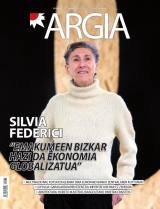



.jpg)

